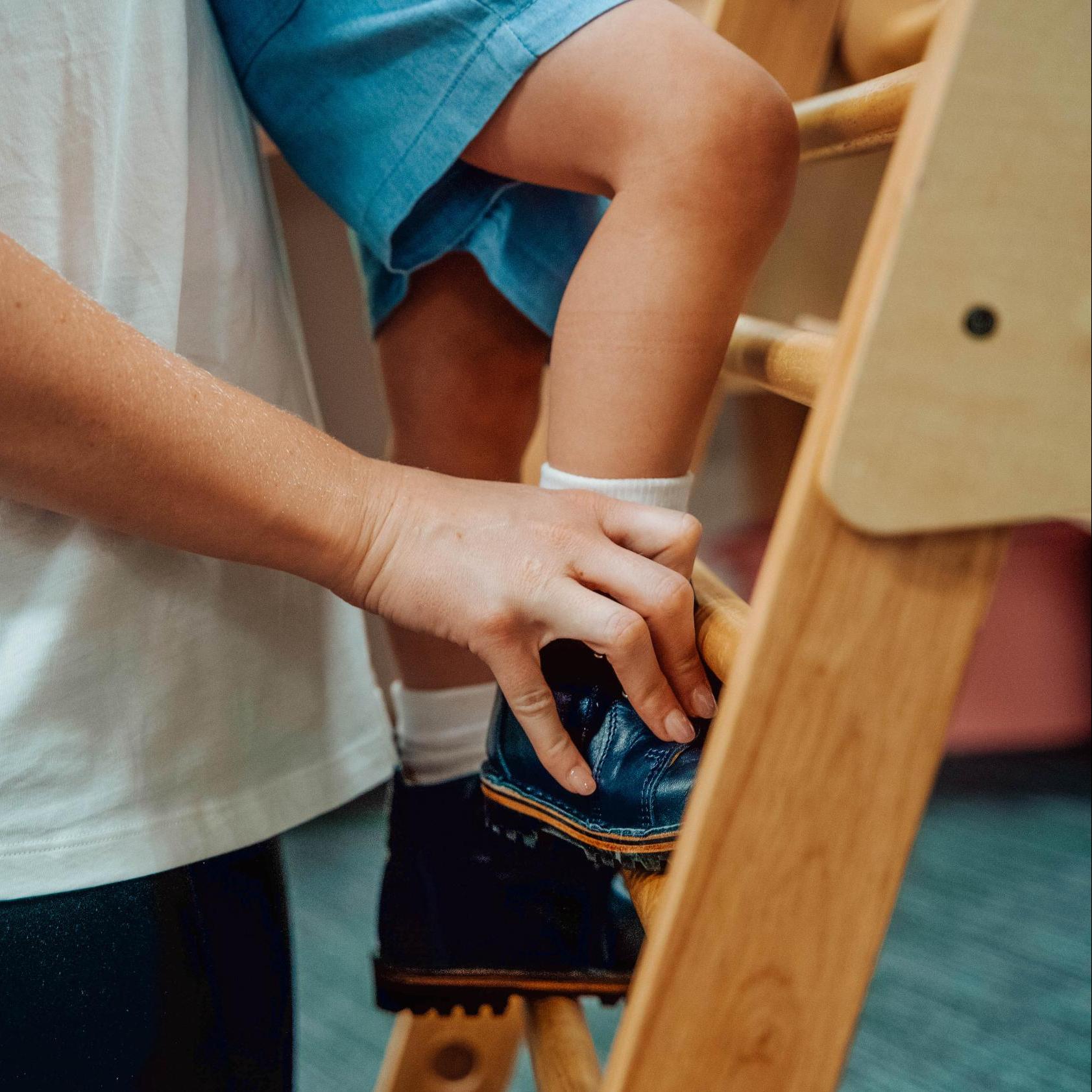What are growing pains? Growing pains actually have nothing to do with GROWING! The mechanics are poorly understood, however they […]

What are growing pains?
Growing pains actually have nothing to do with GROWING! The mechanics are poorly understood, however they can present like an ache or throbbing in the muscles in both legs (quadriceps, calf muscles) and typically will be worse after a day of higher levels of physical activity. It is thought to additionally be due to a mismatch in the growth of muscles and bones, as they don’t grow at the same rates or at the same time! Typically, they will be worse at night; however, they can also occur during the daytime, and this should not limit participation! Interestingly, not all kids will get ‘growing pains’ ~ the prevalence is only 15-30% of kids from the ages of 3-12 years old!
How can we help reduce these pains?
Unfortunately, growing pains are not preventable. However, there are some ways we can help our little ones manage the pain:
These little things can help to reduce the pain to provide temporary relief. If your child is still complaining of pain, you can reach out to your general practitioner to prescribe medication for further pain management.
What are common underlying issues that could be dismissed as growing pains?
As physiotherapists, it’s our job to rule out anything sinister that could be happening in the background. This could include any knee or hip pain that could be potentially due to something more sinister. If your child has pains continuing past 12 years of age, they may be due to Restless Leg Syndrome. Our physiotherapy team here at Upside Kids will complete a full assessment to make sure we screen your child for any additional issues.
When should families see a paediatric physiotherapy practitioner?
It’s important to look out for key Red Flags that may indicate that something is wrong:
As primary health care practitioners, families do not need a referral to see a paediatric physiotherapist. Paediatric physiotherapists typically take extra coursework and professional development to better understand the complexities of kids’ bodies ~ they are not just little adults!
Feel free to reach out to us here at Upside Kids via our website or email us at hello@upsidekidsphysio.com.au!